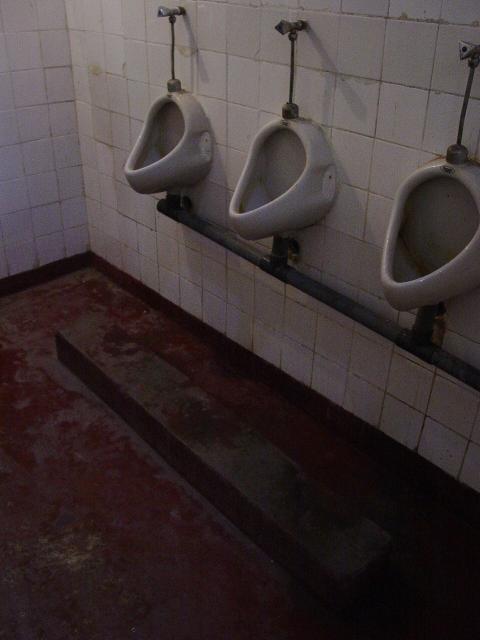
"The old town is built on a triangular peninsula of land on the western coast of the island. The oldest part of the town consists of a warren of narrow alleys to houses, shops, bazaars, and mosques. Cars are often too wide to drive down many of the maze of winding streets.
"Its Swahili architecture incorporates elements of Arab, Persian, Indian, European and African styles. The Arab houses are particularly notable because they have large and ornately carved wooden doors and other unusual features such as enclosed wooden verandas.
The site has probably been occupied for around three centuries with buildings only being constructed with stone since the 1830s.
"Two large buildings dominate the main front of Stone Town. One is Beit-El-Ajaib or the House of Wonders, which was built by Sultan Seyyid Barghash as a grand palace for ceremonial purposes. The other is the Arab Fort which stands on the site of a former Portuguese settlement and was converted to a fort during the 18th Century.
"The town was the centre of trade on the East African coast between Asia and Africa before the colonization of the mainland in the late 1800s after which the focus moved to Mombasa and Dar es Salaam. From 1840 to 1856, Said bin Sultan had the capital of the Omani Empire in Stone Town. The main export was spices and particularly cloves. For many years Stone Town was a major centre for the slave trade; Slaves were obtained from mainland Africa and traded with the Middle East. The Anglican Cathedral is built on the site of a former slave market. Some of the holding cells still exist."
This picture was sent in by TP. He notes: "Photo of the urinal within the Arabic fort Stonetown Zanzibar taken October 08 [,2008]. Note the step because they were installed too high."